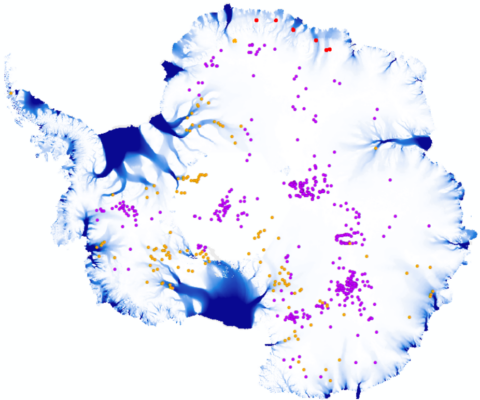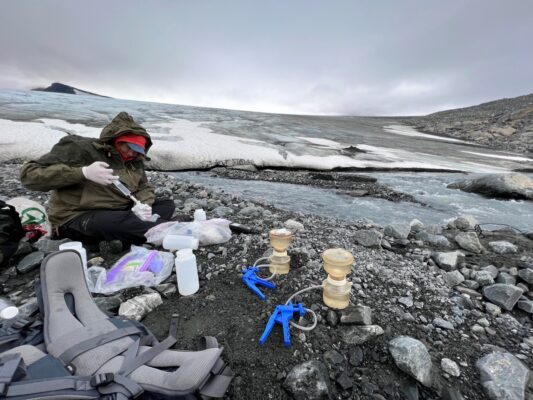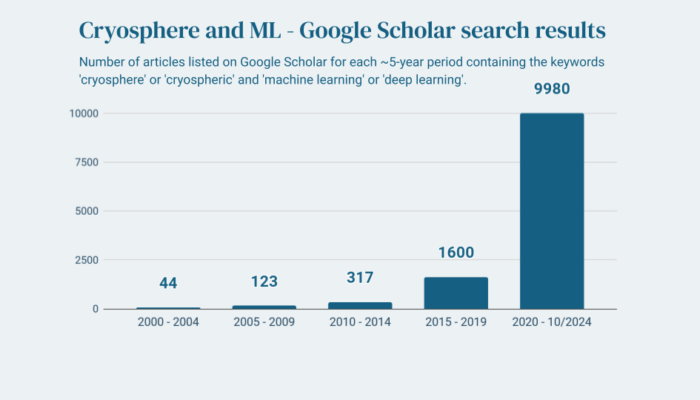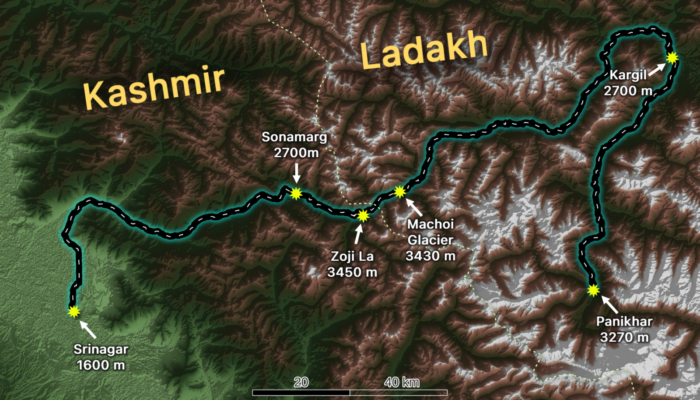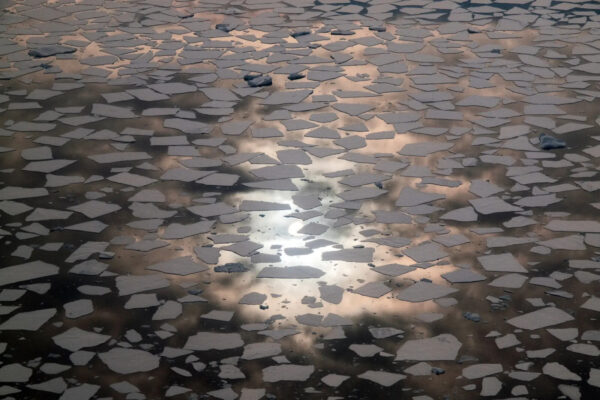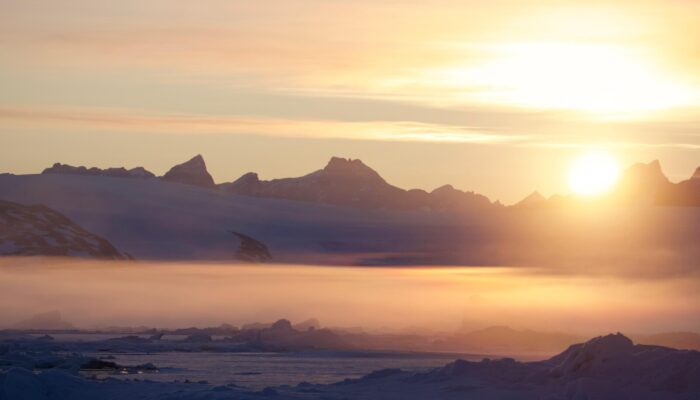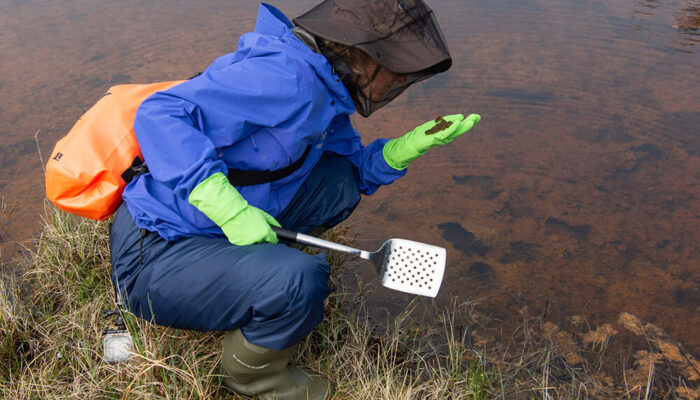Measuring ice surface elevation changes with satellite laser altimeters flying hundreds of kilometres above Earth tells us where the Antarctic and Greenland ice sheets are thinning or thickening and how much they contribute to sea level rise. Beyond that though, it can also reveal hidden activity of subglacial lakes filling and draining beneath the ice and meltwater rivers flowing ou ...[Read More]
Uncovering Antarctica’s hidden subglacial lake network with satellite altimetry
